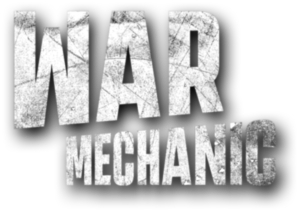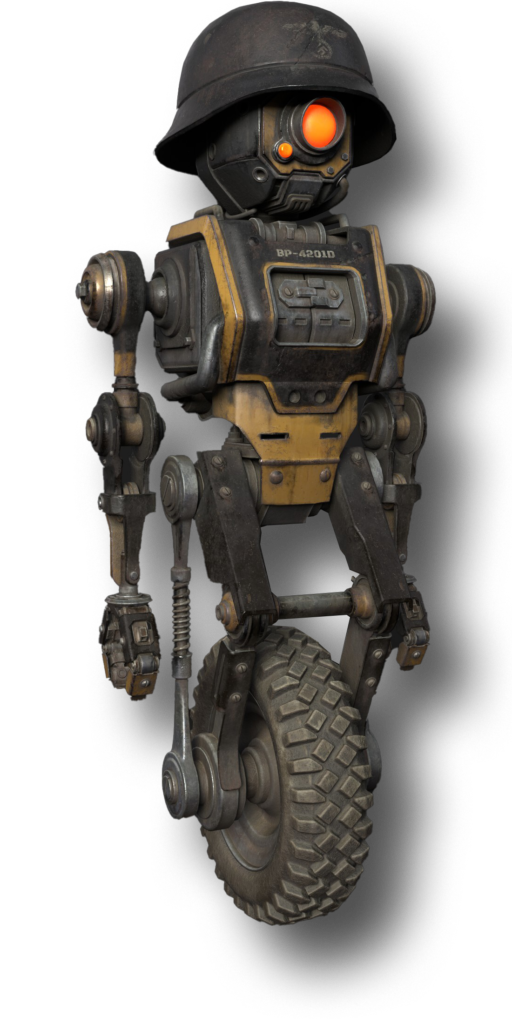“Cyphers Game” is an educational adventure game developed by Chronospace in cooperation with Poland’s Institute of National Remembrance (IPN). Released in April 2022, the game transports players into the secret world of Polish military intelligence during the Polish–Soviet War of 1920.
Players take on the roles of real historical figures, including Lieutenant Jan Kowalewski—a key architect of Polish cryptology. Through three narrative-driven missions, players intercept and decode Soviet ciphers, infiltrate military trains, and carry out sabotage operations inspired by actual wartime events.
The game features authentically recreated locations such as the Warsaw Citadel radio station, the Korosten rail yards, and a fully modeled Soviet armored train with complete interiors. With a blend of stealth mechanics, logic-based puzzles, and historically grounded storytelling, Cyphers Game offers an immersive way to explore one of Poland’s pivotal military victories.
One of the game’s most groundbreaking features is its full integration of both American and Polish Sign Language—not only in cutscenes, but throughout the entire gameplay experience. This makes Cyphers Game a rare example of true accessibility in historical gaming and a milestone in inclusive design.
The game was also released simultaneously across PC (Steam), mobile devices, and VR platforms—making it one of the very few educational titles in the world to launch on all major formats at once.
In September 2023, Cyphers Game was officially added to the list of recommended teaching aids supporting Poland’s national high school curriculum in humanities subjects. It has since been recognized as an effective and engaging tool for history education.
Praised for its authenticity, innovation, and inclusive design, Cyphers Game brings history to life—one encrypted message at a time.





